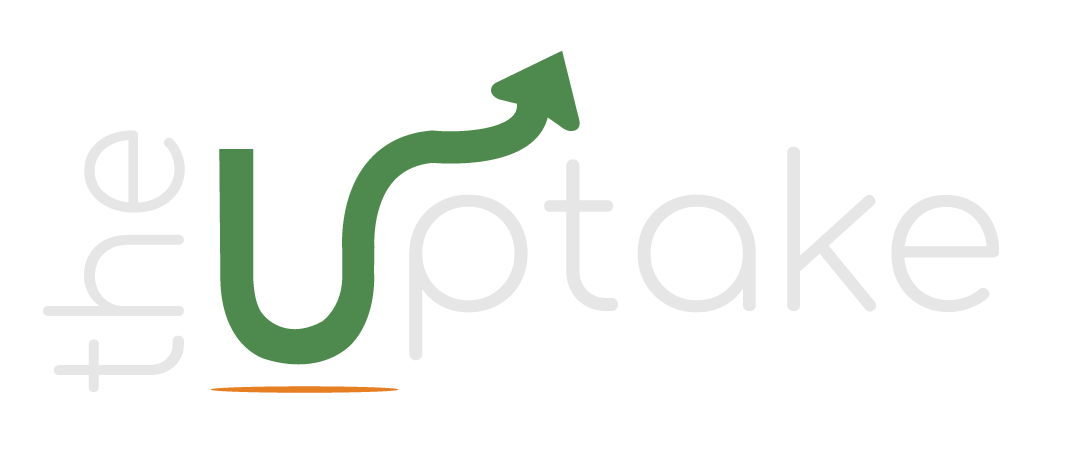Research tells us that gaming is a good intervention model to provide motivation and promote behavioural change
It’s time to move beyond the Gamification approach, and leverage the power of simplicity, fun, educational HyperCasual Games.
What is Gamification?
Gamification applies game design elements—like points, badges, leaderboards, and challenges—to non-game settings to boost engagement and motivation. In education and behaviour change, gamification makes learning more interactive, enjoyable, and goal-oriented.
What are HyperCasual games?
The term “HyperCasual” or “instant game” arose in 2017 to describe extremely easy-to-learn games that require no download...
Extensive research in Behavioural Change, Climate Communication, Gaming and Marketing tell us that
People want a Simple _ Hopeful _ Fun way to access Factual Information
Play
Play a simple game, easy to understand with no ramp-up time. #HyperCasual
guess
No previous knowledge needed, anyone can guess the answers thanks to multiple attempts and hints. #Accessible
learn
Get access to snippets of factual information that you will remember, building passive knowledge. #TrustedInformationInforma
have fun
At the end of the day, people need to be able to have fun, even on a topic that is critical.#WeNeedMoreFun
environmentle
Daily Challenges
Environmentle is my end of year project for my postgrad in Innovation for Sustainability. It combines my background in gaming, product development, product commercialisation, and my passion and experience in education.
Daily challenges
Use a curated calendar of events to generate daily challenges and questions (i.e: Coffee day, earth day, ocean day … ).
rewards
Trigger the brain reward pathway with points for speed and accuracy, combined with a small competition element .
pledge action
Get extra points by committing to taking some positive action based on what you’ve learnt.
educational
Use the power of Nudges to insert snippets of curated information.
The Carbon Impact game prototype
🌍 Carbon Impact Challenge
Drag and drop the items below to order them from highest to lowest carbon impact. You have 3 attempts to get it right!
